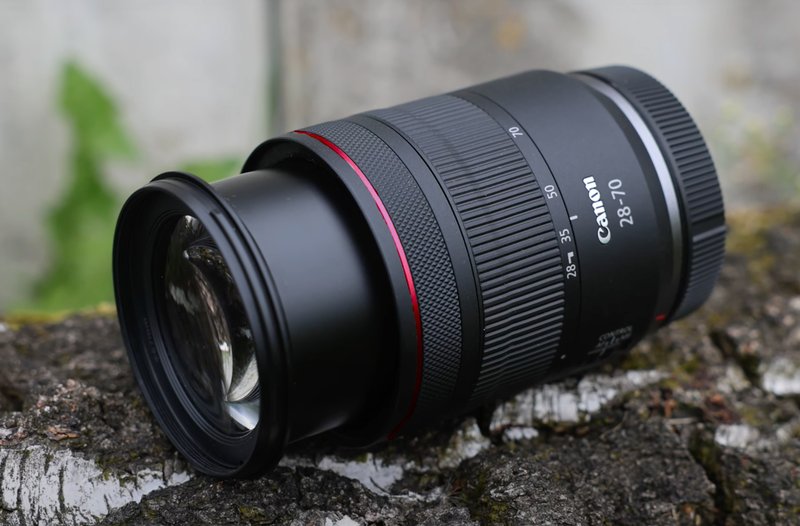After owning the RF 35mm 1.8 I don't think I'll touch anything that says STM.
Nice to see weather sealing in a non-L lens though. Then again this lens costs more than the 24-105 f/4L here. Not including a lens hood just seems like Canon want to annoy their customers on purpose. Baffling.
Nice to see weather sealing in a non-L lens though. Then again this lens costs more than the 24-105 f/4L here. Not including a lens hood just seems like Canon want to annoy their customers on purpose. Baffling.
Upvote
1


